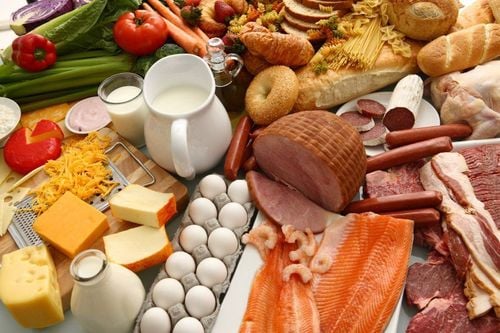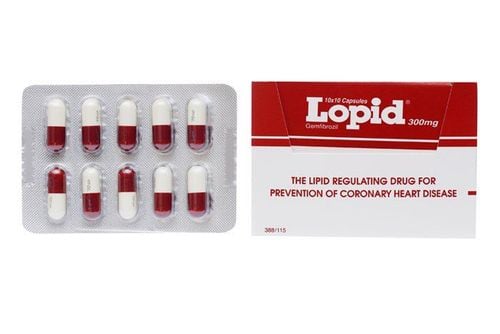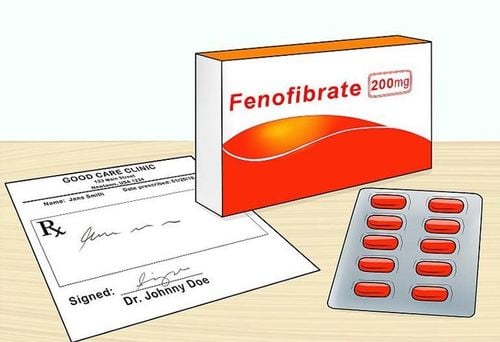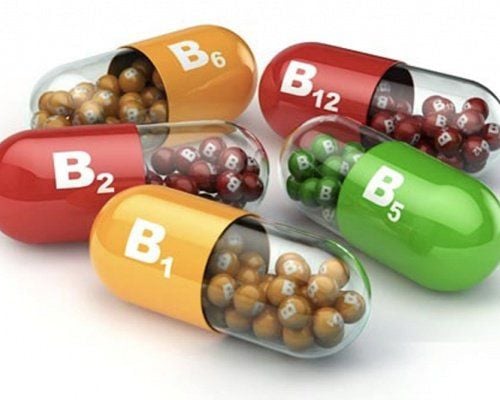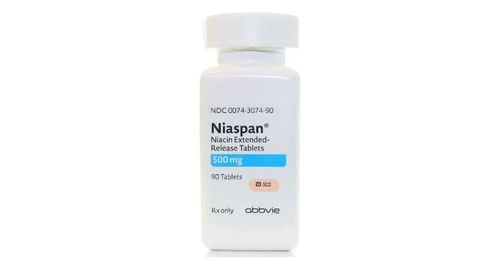This is an automatically translated article.
Foie gras is a nutritious food with many vitamins and minerals. This food is considered delicious and has many different ways of preparation. However, some recent studies suggest that foie gras may be associated with a number of diseases. So is eating foie gras good for health?
1. Learn about foie gras
The characteristics of foie gras are fatty, rich, velvety smooth meat texture and aromatic flavor. Foie gras is often used to make pate to eat with bread and crackers. This food is rich in nutrients but has a very high cost. During the production of foie gras, farmers force ducks and geese to eat a special diet. The main food that the geese will eat is corn and is heavily fattened. This causes birds to quickly gain weight and accumulate fat on and around the liver. If geese didn't go through this process, their liver wouldn't be fat and smooth. In fact, this fattening process can make their livers 10 times bigger.
Foie gras can be sold raw, semi-cooked, whole or in portions. This is an important part of French cuisine. Roasted, sautéed or grilled foie gras are popular dishes, but most people are more familiar with the pate form.

Gan ngỗng là thực ăn phổ biến trên thế giới, có thể chế biến đa dạng món ăn
2. Nutritional composition of foie gras
Foie gras is high in fat, vitamins and minerals. Because this is the organ that plays the role of storing the most nutrients.
In 28 grams of foie gras pate has the following nutritional content:
Calories: 130 Protein: 3 grams Fat: 12 grams Carbs: 1 gram Fiber: 0 grams Vitamin B12: 111% Daily Value (DV ) Vitamin A: 32% DV Pantothenic acid: 7% DV Riboflavin: 7% DV Niacin: 5% DV Copper: 13% DV Iron: 9% DV Phosphorus: 5% DV When foie gras is used with wine, the nutrients can be altered to some extent. But in general, wine does not change the fat, vitamin and mineral content. Because of its high fat content, foie gras is rich in calories. In 28 grams of pate contains the necessary amount of vitamin B12 provided in a day. This is an important nutrient that helps the body build healthy red blood cells and maintain needed energy levels.
Most of the time, the fat in foie gras is monounsaturated fat, which is highly anti-inflammatory and may help reduce the risk of heart disease. Another rich source of monounsaturated fats is olive oil.
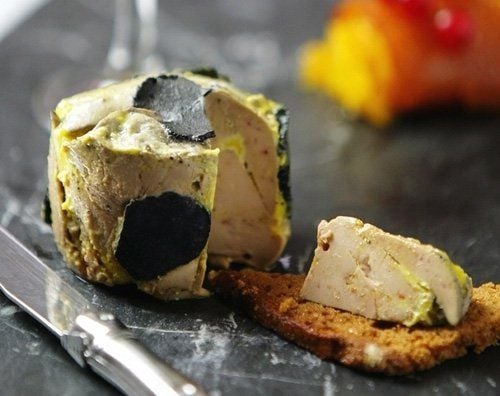
Chất béo trong gan ngỗng là chất béo không bão hòa đơn
Also, the saturated fat in this food is not as harmful as previously thought. Research shows that foods with more saturated fat can be included as part of a balanced diet. Because of their high fat content, they will keep you fuller for longer. This can help you regulate your food intake.
Foie gras is also a good source of vitamin A, which helps prevent vision problems and promotes healthy cell growth throughout the body. Besides, foie gras also contains the minerals copper and iron. Like vitamin B12, copper and iron are important in energy metabolism and the production of healthy red blood cells.
3. Risks of eating foie gras
Despite being a nutritious and well-loved food, eating foie gras can also pose some risks. Specifically:
Recent research suggests that a compound found in fattened duck and goose livers may be linked to a rare disease called amyloidosis, Alzheimer's disease to type 2 diabetes. This is the first study to show that a food can speed up amyloid protein production in animals. Abnormal accumulation of amyloid deposits has been implicated in many diseases such as rheumatoid arthritis, type 2 diabetes, and others.

Gan ngỗng có thể liên quan đến bệnh Alzheimer
This is considered the first study to show that a food can speed the production of amyloid protein in animals. Abnormal accumulation of amyloid deposits has been implicated in many diseases such as rheumatoid arthritis, type 2 diabetes, and others. Besides, people with a family history of Alzheimer's disease, diabetes, rheumatoid arthritis or other amyloid-related diseases should avoid consuming foie gras.
Please dial HOTLINE for more information or register for an appointment HERE. Download MyVinmec app to make appointments faster and to manage your bookings easily.
References: healthline.com, webmd.com




